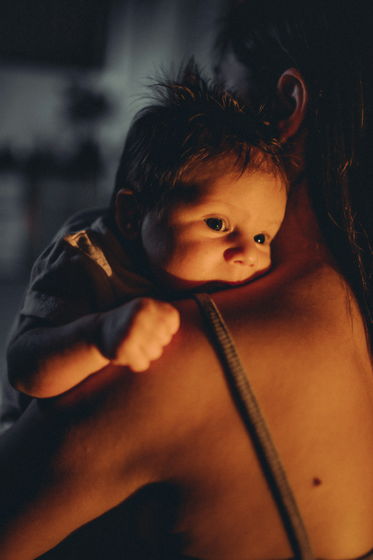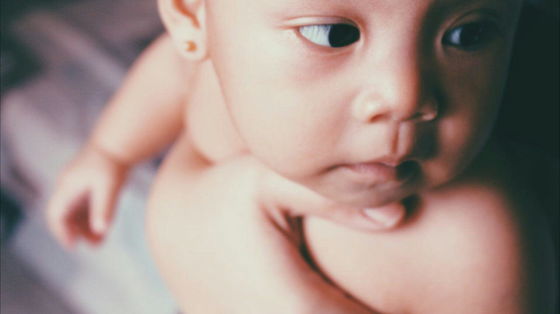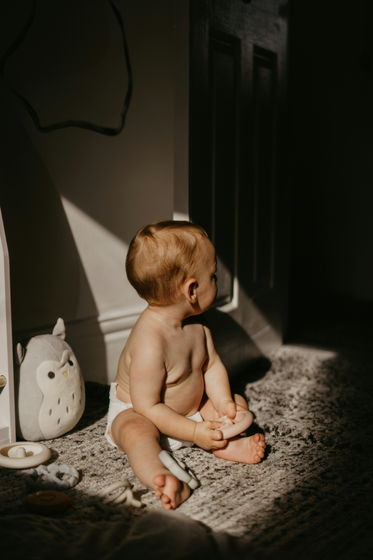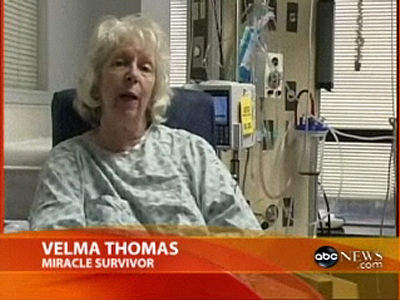What was the trigger for the investigation of a large number of cases of 'shaken baby syndrome,' in which babies who are violently shaken develop severe brain damage?

A journey into the shaken baby syndrome/abusive head trauma controversy - Fifteen Eighty Four | Cambridge University Press
https://cambridgeblog.org/2023/05/a-journey-into-the-shaken-baby-syndrome-abusive-head-trauma-controversy/

'Shaken Baby Syndrome Investigating The Abusive Head Trauma Controversy' is a book by 32 researchers including Cyril Rosant, a neuroscientist at the Institute of Neurology at University College London, that thoroughly analyzes shaken baby syndrome from multiple perspectives, including medicine, science, and law.
The book was inspired by an incident that occurred while Rosant was on vacation in the south of France with his wife and their five-month-old son in 2016. Rosant's son, David, had been acting up for about a month before the vacation, and his mother, a practicing physician, had noticed that David's head circumference was growing rapidly.
While on holiday in the south of France, a CT scan of David's brain was performed, and the doctor in charge diagnosed him with 'bleeding around your son's brain - what's known as a subdural hemorrhage. Unfortunately, he has shaken baby syndrome.'
When Rosant said her son was diagnosed with shaken baby syndrome, 'it was the most heartbreaking thing I've ever heard.' Shaken baby syndrome is sometimes considered child abuse, and victims of it can die or suffer lifelong disabilities after being violently shaken. David underwent two neurosurgeries and has recovered.

The next question that came to Rosant's mind was, 'Who could have done such a terrible thing to my child?' Rosant was convinced that neither he, his wife, nor any of their families could have done such a terrible thing to David. Rosant suspected that the nanny had shook David violently because David was being looked after by a nanny, but wrote, 'I couldn't believe that she (the nanny) was doing such a thing.'
In addition, David had retinal bleeding in both eyes, so the hospital doctor diagnosed that 'there was no other cause for bleeding in the brain or behind the eyes other than the violent shaking,' and that the retinal bleeding was also due to shaken baby syndrome. No one in the family doubted this diagnosis, according to Rosant.
However, a paediatric neurologist diagnosed David with a relatively rare condition called benign external hydrocephalus, which is a condition in which excess fluid accumulates around the brain and can be accompanied by subdural and retinal hemorrhages. With no bruising, fractures, neck injuries or other signs of trauma, the paediatric neurologist said he 'cannot fully believe' that David had shaken baby syndrome.
As a precautionary measure to protect children, hospitals are required to report cases where shaken baby syndrome is diagnosed. This report caused Rosant and his wife to temporarily lose custody of David. However, thanks to a skilled lawyer, they were cleared of all charges within two months and were able to regain custody of David. In addition, Rosant and his wife stayed with David at the hospital 24 hours a day until the legal procedures were in place. Since many parents are usually separated from their babies for several months after reporting, Rosant said, 'We were lucky to be allowed to stay together.'

After getting her child back, Rosant tried to find out what had happened to David. The nanny had been charged with excessively shaking David, but she denied the charges, and Rosant was not convinced. Rosant sought second opinions from specialists around the world, but the diagnoses were split between 'shaken baby syndrome' and 'external hydrocephalus,' so to no avail.
At this point, Rosant learned that there had been a long-standing scientific debate about shaken baby syndrome. Although Rosant is not a doctor, he has a PhD in neuroscience and is accustomed to critically reading scientific literature, so he decided to research the topic as much as he could.
After reading over 500 medical papers over the course of a few months, Rosant found a relatively clear answer to what had happened to David. During his research, he discovered that the claim he had been told at the hospital that subdural and retinal hemorrhages in infants are almost always caused by violent shaking, even in the absence of external evidence of trauma, was based on very weak scientific evidence.
Yet the shaken hypothesis has been treated by doctors around the world for generations as if it were a proven fact. Thousands of children are taken from their parents every year on the basis of the shaken hypothesis, and thousands of people are prosecuted and convicted on the basis of this allegation. So much so that law professor Deborah Turkheimer has defined the shaken hypothesis as a '

Forensic science is a very special field where mistakes can go unnoticed for long periods of time. Problems with rockets or nuclear reactors rarely go unnoticed. In general, when medical diagnoses and treatments are ineffective, monitoring the patient's health constitutes an effective feedback loop. But when the wrong person is convicted, the feedback loop cannot be built. The lack of a reliable feedback loop partly explains the serious problems with scientific reliability that have long been pointed out in forensic science, Rosant pointed out.
Head trauma is a definite cause of traumatic brain injury, including intracranial hemorrhage, with serious symptoms. Many medical diagnoses of shaken baby syndrome are made in children who are the victims of violent trauma, which is deliberate in nature. However, subdural and retinal hemorrhages can also be caused by non-accidental trauma, especially in cases of impact, but not exclusively. In fact, a variety of accidental events and medical conditions have been documented as possible causes of shaken baby syndrome, with particularly fragile infants suffering from severe head trauma from minor falls at home. Other causes of shaken baby syndrome include genetic disorders, metabolic disorders, blood clotting disorders, and infections.
In fact, very few cases of shaken baby syndrome involve actual witnessing or recording of violent shaking, or suspects confessing before police questioning. Far more common are cases where parents or caregivers bring infants to the hospital with subdural or retinal hemorrhages, leading to the speculation that they may have been violently shaken.
Doctors interpret subdural and retinal hemorrhages as signs of violent trauma, but parents and caregivers typically cannot provide a satisfactory explanation for these findings when asked by doctors. The only 'plausible explanations' other than shaking are a 'fall from a height' or a 'car accident on the highway.' So parents and caregivers who report non-traumatic events such as sudden collapse, unexplained cessation of breathing, or a minor fall are assumed to be lying.

Unfortunately, many frontline doctors, police officers, prosecutors, and judges continue to apply the 'shaken baby hypothesis' on a daily basis. Infants with unexplained subdural and retinal hemorrhages, including in Rosant's case, are unilaterally removed from their families and their parents or caregivers are prosecuted and convicted every day, Rosant points out. Rosant argues that it takes years of experience in the field, or decades of literature research, to realize the paradigm shift of the shaken baby hypothesis.
The damage that being misdiagnosed with Shaken Baby Syndrome can do to a child and their family is unimaginable. In Rosant's case, the nanny was eventually cleared of all charges, but it took four years for the courts to acknowledge David's condition. During that time, Rosant was barred from speaking to her nanny, who was barred from going near David, and she lost her means of earning a living.
Still, Rosant wrote, 'We were saved from the pain of so many parents in our situation. The shaken baby syndrome has had a huge impact on forensic medicine, he wrote, 'compared to many parents in our situation. The shaken baby syndrome has often led to career-ending nannies, grieving pregnant mothers, and loving fathers being incarcerated for years or even decades. It has also led to parental suicide and torn families apart.'
Related Posts:
in Science, Posted by logu_ii







